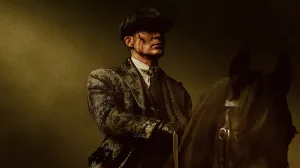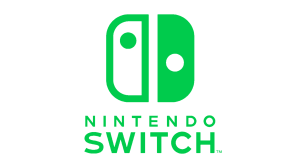Just about any Dungeons & Dragons fan will be familiar with the name Critical Role. The streaming and creative studio is easily one of the main reasons D&D has become so mainstream. The team, led by veteran dungeon master Matthew Mercer, has been streaming three campaigns, various one-shots, and numerous side campaigns for a decade. The group started in Pathfinder as a home group, it ultimately switched to Dungeons & Dragons when it began streaming. However, after many years, Critical Role created its own publishing company, Darrington Press, and has been working hard to create its own tabletop role-playing game, titled Daggerheart, and may be using this system going forward.
Videos by ComicBook.com
With Critical Role’s roots in Dungeons & Dragons, fans may be wondering just how different Daggerheart will be from D&D 5e. We’ve gathered seven of the biggest changes and listed them below.
Duality Dice
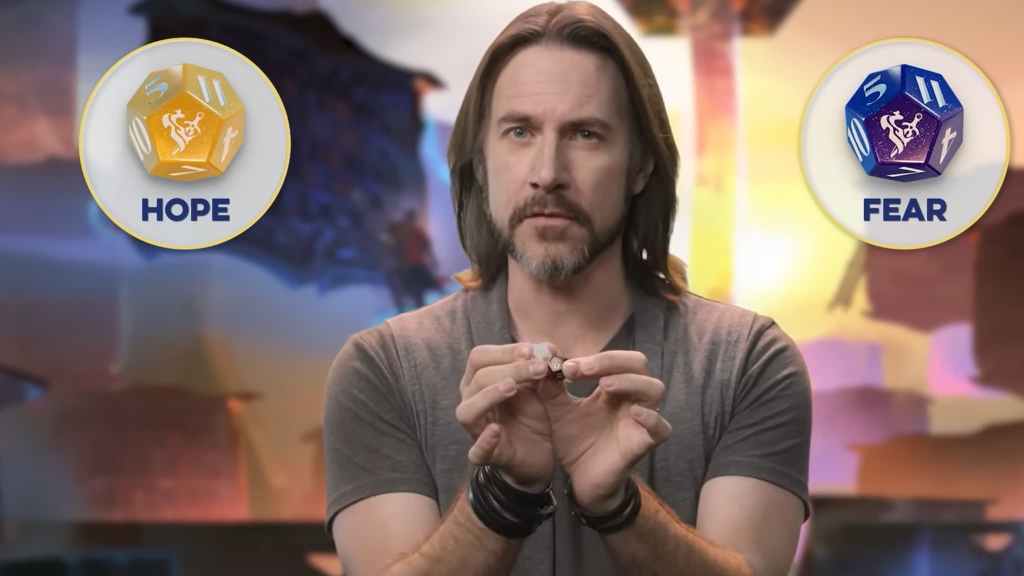
The most obvious change with Daggerheart is the Duality Dice system. Players do not roll d20s anymore, though the game master still uses these dice. Instead, players make attacks, checks, and saves using two d12, marking one as their Hope die and one as their Fear die. The results of the two dice are combined along with any appropriate modifiers. When acting, the sum of these must meet the required threshold for the action to succeed.
Another aspect of the Duality Dice that influences actions is the accompanying Fear and Hope system. Players effectively have four outcomes when rolling with these dice. What happens is determined by if the player succeeds in their roll, and whether Hope or Fear is the higher value on the dice. Finally, Daggerheart differs in how players get critical success. Instead of a natural 20, if a player rolls the same number on both dice, then the outcome is considered a critical success.
Fear and Hope
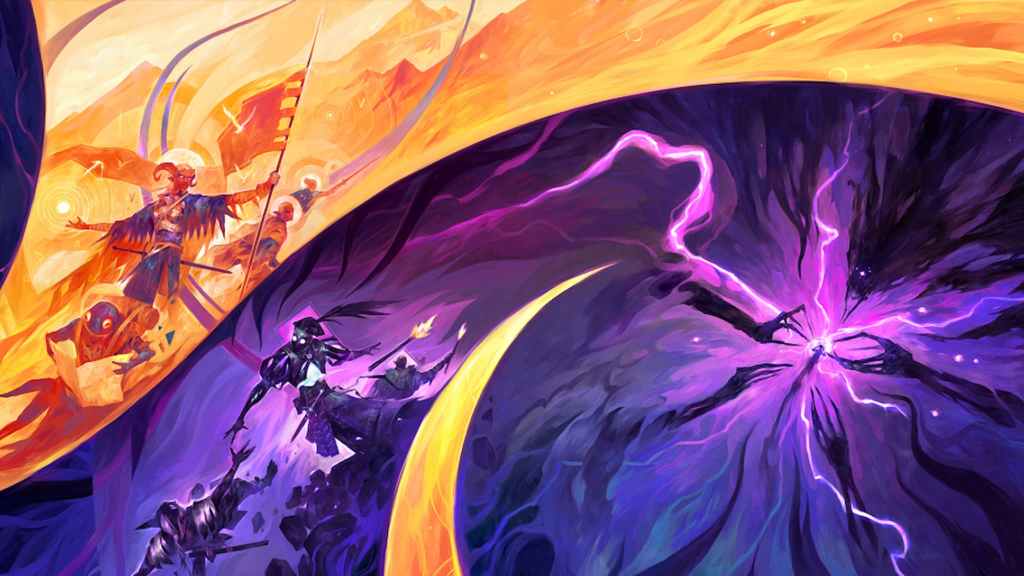
As mentioned above, Fear and Hope are two different driving factors in Daggerheart. When players perform a roll, a Hope or Fear resource is rewarded depending on the higher value. Hope resources are given to players, allowing them to use class abilities, cast spells, and more. Fear is a resource granted to the game master, and allows them to interact with the players in new ways, use powerful enemy abilities, summon minions, or inconvenience the party’s adventure.
Both resources raise the stakes. Hope allows players to create epic and cinematic moments that can turn the tide of battle. Likewise, Fear allows a game master to increase tension, giving the players more reason to celebrate when things go their way and incorporate the game master deeper into play. Fear and Hope play off one another, creating a tug-of-war between players and game masters that will keep them glued to every dice roll and give these rolls more impact.
RELATED: Daggerheart Debuts New Adventure
Narrative-Focused Combat
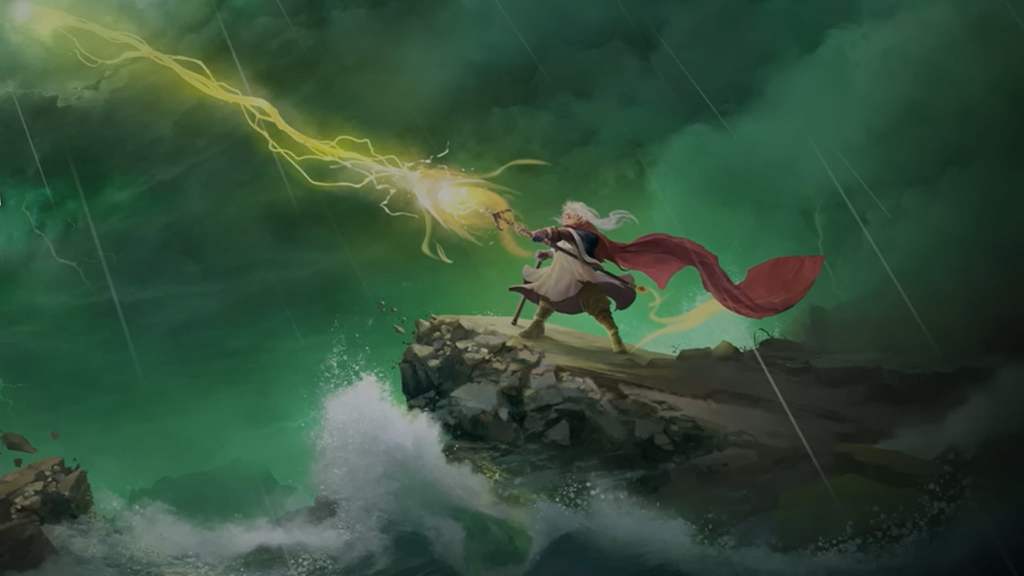
Daggerheart features a heavy focus on narrative, making it one of the most important pillars of the TTRPG. Dungeons & Dragons has always balanced story with combat, but Daggerheart puts a narrative spin on almost every action. Combat is still filled with crunchy numbers and hard decisions, but players are encouraged to come up with how their actions affect a scene rather than just hitting the bad guy hard.
One way this is achieved is in combat order. There is no initiative like in Dungeons & Dragons. Instead, players can act as they want, planning amongst themselves what the best course of action will be. However, the game master can interrupt the players using Fear resources. This allows game masters to create narrative moments and force the players to reconsider their plans. Using a system like this allows for more collaboration between the party and the game master.
Overhauled Combat
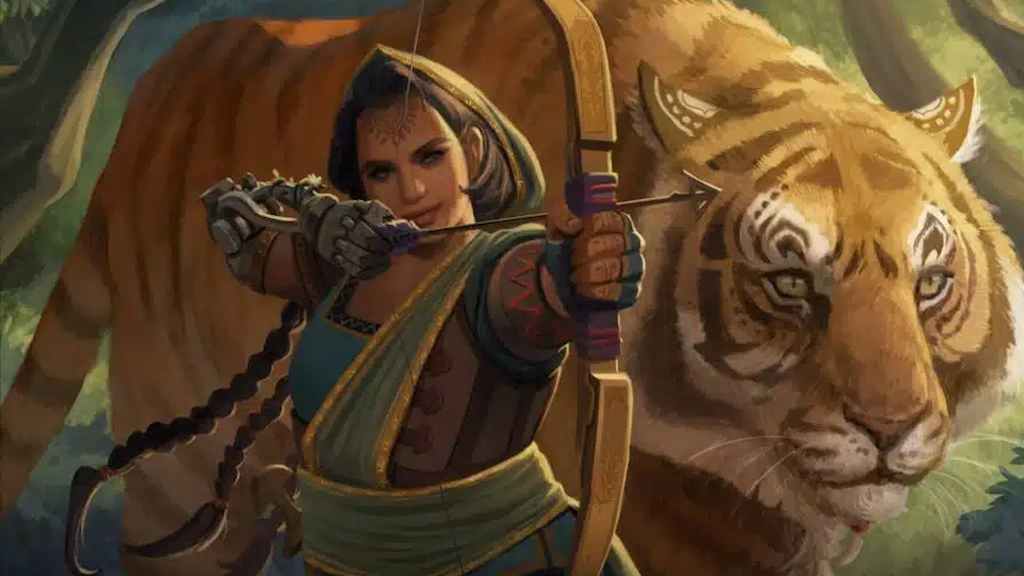
As stated above, the biggest change is how the initiative is treated in Daggerheart. Each player shares a turn in the action tracker, and it is up to them to decide how to take their turn order. Furthermore, players can work together with team attacks by spending their Hope resources. Players are encouraged to collaborate and plan their attacks, not only to maximize damage but to support one another.
Unlike D&D, Daggerheart does not give the game master an official turn. Instead, the game master uses their Fear resources to interrupt the player’s turn by allowing an adversary to act. The game master gathers Fear resources throughout a session as players roll their Duality Dice. The more Fear a Game Master collects, the more they can activate adversary and environment actions. Using this mechanic gives a more narrative focus on combat and revamps how players should consider their actions.
Combat also breaks down adversaries into different types of enemies. Players can use these identifiers, such as minions and solo adversaries, to make informed choices about the threats they are facing. Some types are obvious to identify, while others can be more obscure. Recognizing a group of minions, which can be defeated with a single point of damage, can allow AoE spells and attacks to wipe multiple enemies off the board at once.
Stress Points
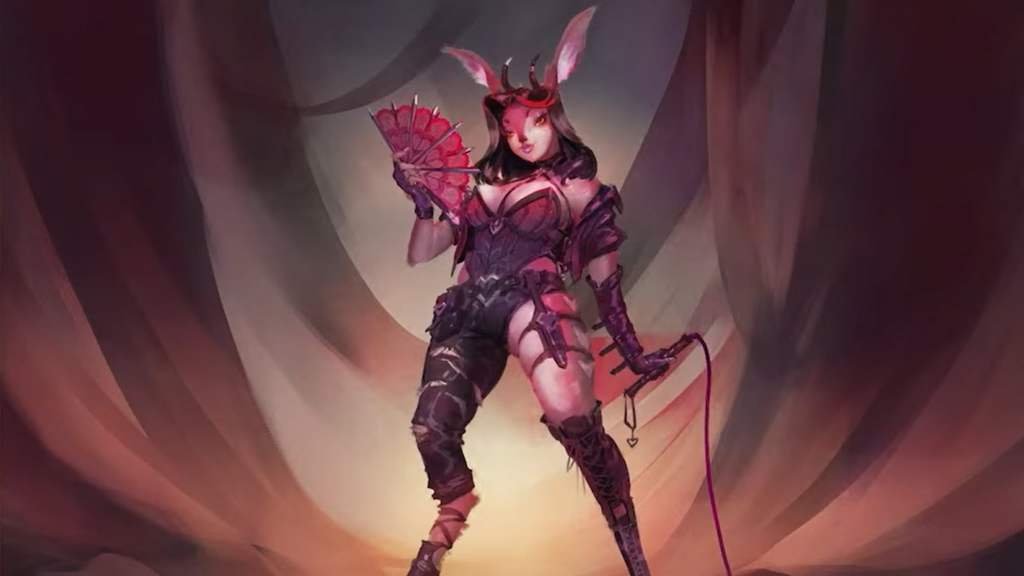
Stress is a new system introduced in D&D. It has a narrative purpose that also affects gameplay. Stress is a feature players can take on willingly, though sometimes Stress cannot be avoided. Certain skills and abilities require players to take on Stress to use them. This creates a balance of risk vs reward. Making a big move can dramatically affect a situation or battle, but it comes with a cost. Enemies and environments can also force players to take on Stress.
Players have a finite amount of Stress they can take on, shown on their character sheets. When a player marks their final Stress, they take on the Vulnerable condition, which effectively gives attacks advantage against them. Additionally, taking additional Stress once all slots are marked means players instead mark one hit point. Stress can be recovered during downtime. Players need to balance and manage their Stress on an adventure or they find themselves stressed in real life.
RELATED: Daggerheart Testing Big Change in Post-Beta Development
Domain Cards
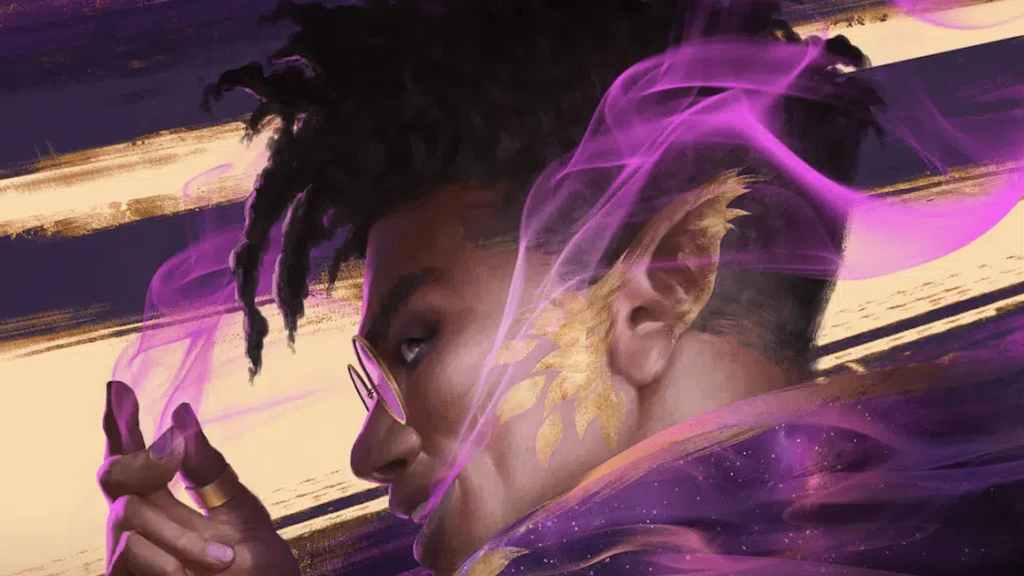
Dungeons & Dragons players will be familiar with Domains, but Daggerheart handles these differently. While Domains are typically reserved for Clerics in D&D, every class gains access to Domains in Daggerheart. These are the core building blocks of a class in the TTRPG, consisting of Arcana, Blade, Bone, Codex, Grace, Midnight, Sage, Splendor, and Valor. Selecting a Domain grants a player access to that Domain Deck.
Each class consists of two Domain Decks: for example, the Warrior uses the Blade and Bone while the Druid uses the Sage and Arcana. Classes can overlap Domains. During character creation, players look through the Domain Decks for their classes and select two level-one Domain Cards. These can be from the same Domain Deck or one from each. These Domains grant your characters unique powers and abilities, allowing for interesting customization among classes.
Revamped Skill System
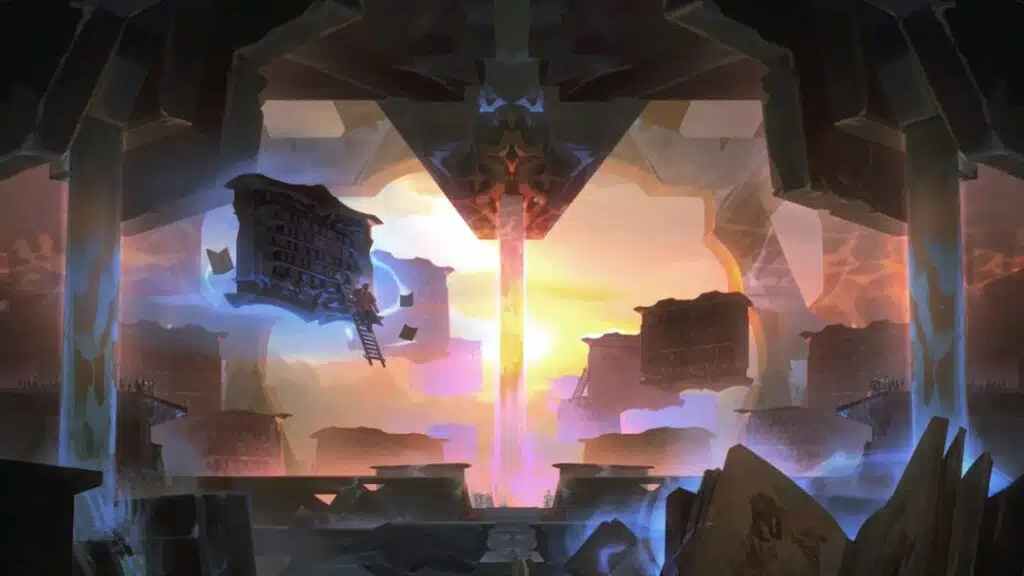
Fans will be familiar with the core rules of Dungeons & Dragons skill system. These are assigned via race, class, background, feats, and more, but are largely predetermined. Daggerheart removes this hard skill system and uses something more fluid, calling it Experiences. Players can take an idea for their characters and allow this to determine their skills. This can take the form of a word or a phrase, such as Fake It Till You Make It, Politician, or Battle Hardened.
Once the player’s Experiences are decided, they work with the game master to determine how their character uses these when making an action roll. If the roll fits with an Experience, players can add their Experience modifier to the roll. Players can even apply multiple Experiences if they fit. This is up to game master discretion and players are encouraged to work on their Experiences with the GM to further expand the narrative.
Players pick two Experiences when creating a character, but these can be changed as they play. Additional Experiences can be gained as well. Starting Experiences should reflect a character’s backstory, and new Experiences can be shaped by the course of the game. Daggerheart dives into its narrative focus with many of its systems, but Experiences is one of the most evident of this fact.
Daggerheart has yet to launch, but is available for pre-order and set to launch in the Spring of 2025. The recent open beta playtest gave Critical Role and Darrington Press plenty of feedback, many of which are being incorporated into the TTRPG. Players from the beta can expect changes in the full release, but the core of the game is still there.
The official Daggerheart site has pre-orders available in a Core Set that includes the core rules book and each Domain Deck. The other option is the Daggerheart Limited Edition, which includes a limited edition core rules book, Daggerheart GM screen, a dice set, character sheet rip pad, tokens, and alternate cover art.



